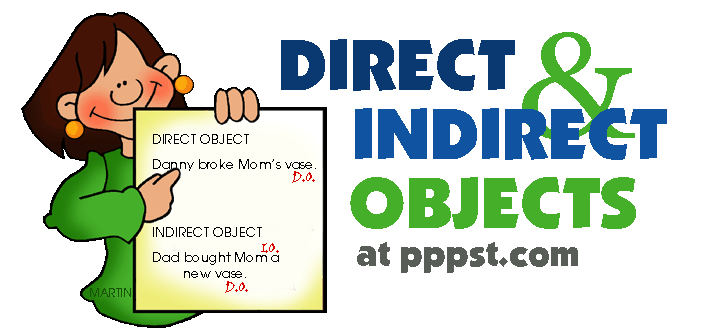Kind of Pronouns
The term 'pronoun' covers many words, some of which do not fall easily under the description given in the section What are Pronouns? There are many different kinds of pronouns. In general, these do not cause difficulties for native English speakers. The list below is mainly for reference purposes.
Demonstrative Pronouns
These pronouns are used to demonstrate (or indicate). This, that, these andthose are all demonstrative pronouns.
Examples:
This is the one I left in the car.
(In this example, the speaker could be indicating to a mobile phone, in which
case, the pronoun "this" replaces the words "mobile phone".)
Shall I take those?
Indefinite Pronouns
Unlike demonstrative pronouns, which point out specific items, indefinite pronouns are used for non-specific things. This is the largest group of pronouns.All, some, any, several, anyone, nobody, each, both, few, either, none, oneand no one are the most common.
Example:
Somebody must have seen the driver leave.
(somebody - not a specific person)
We are all in the gutter, but some of us are looking at the stars. (Oscar Wilde)
I have nothing to declare except my genius. (Oscar Wilde)
Interrogative Pronouns
These pronouns are used in questions. Although they are classified as pronouns, it is not easy to see how they replace nouns. Who, which, what, where and how are all interrogative pronouns.
Example:
Who told you to do that?
Possessive Pronouns
Possessive pronouns are used to show possession. As they are used as adjectives, they are also known as possessive adjectives. My, your, his, her, its, our andtheir are all possessive pronouns.
Have you seen her book?
(In this example, the pronoun "her" replaces a word like "Sarah's".)
Relative Pronouns
Relative pronouns are used to add more information to a sentence. Which, that,who (including whom and whose) and where are all relative pronouns.
Examples:
Dr Adam Sissons, who lectured at Cambridge for more than 12 years, should
have known the difference.
(In this example, the relative pronoun "who" introduces the clause "who studied
at Cambridge for 12 years" and refers back to "Dr Adams Sissons".)
The man who first saw the comet reported it as a UFO.
(In this example, the relative pronoun "who" introduces the clause "who first
saw the comet" and refers back to "the man".)
Absolute Possessive Pronouns
These pronouns also show possession. Unlike possessive pronouns (see above), which are adjectives to nouns, these pronouns sit by themselves. Mine, yours, his, hers, ours and theirs are all absolute possessive pronouns.
Examples:
The tickets are as good as ours.
Shall we take yours or theirs?
Reciprocal Pronouns
Reciprocal pronouns are used for actions or feelings that are reciprocated. The two most common reciprocal pronouns are each other and one another.
Examples:
They like one another.
They talk to each other like they're babies.
Reflexive Pronouns
A reflexive pronoun ends ...self or ...selves and refers to another noun or pronoun in the sentence. The reflexive pronouns are: myself,yourself, herself, himself, itself, ourselves, yourselves andthemselves.
Example:
John bakes all the bread himself.
(In this example, the reflexive pronoun "himself" refers back to the noun "John".)



 Large elephant
Large elephant
.jpg/365642754/400x193/Conjunctions%20(%E0%B8%84%E0%B8%B3%E0%B8%AA%E0%B8%B1%E0%B8%99%E0%B8%98%E0%B8%B2%E0%B8%99).jpg)